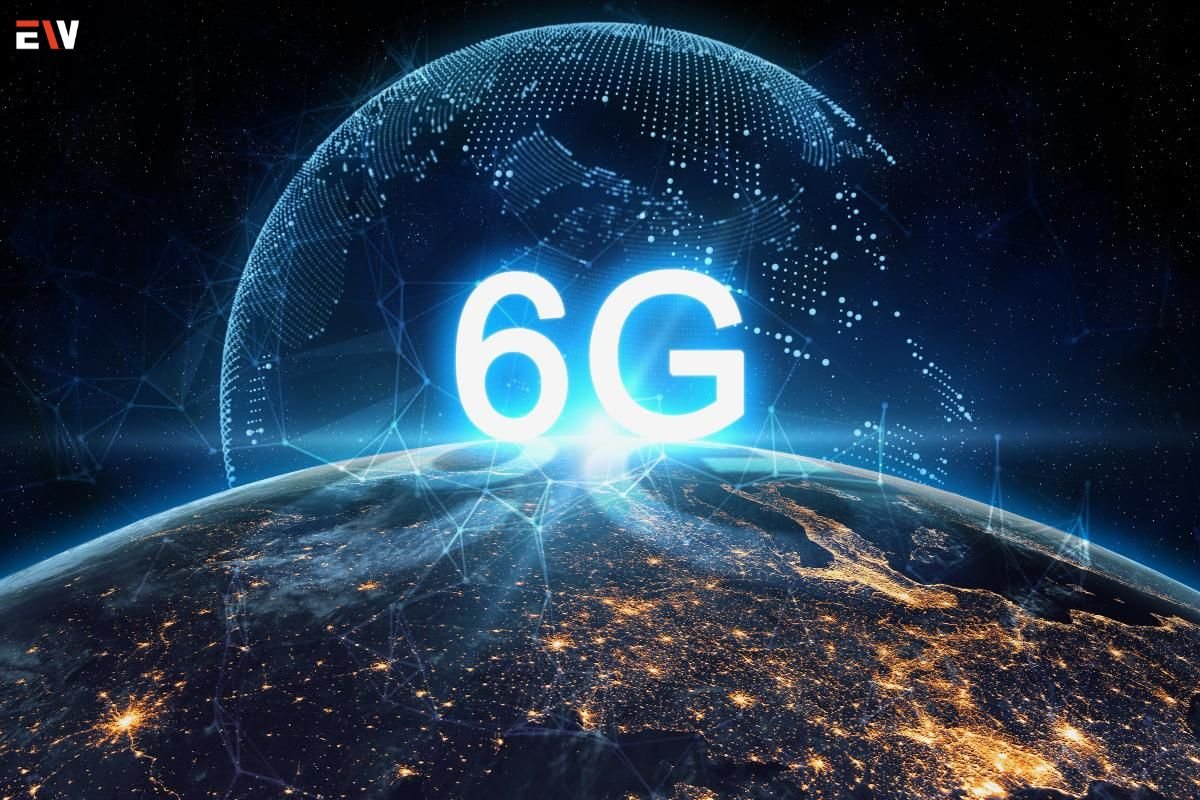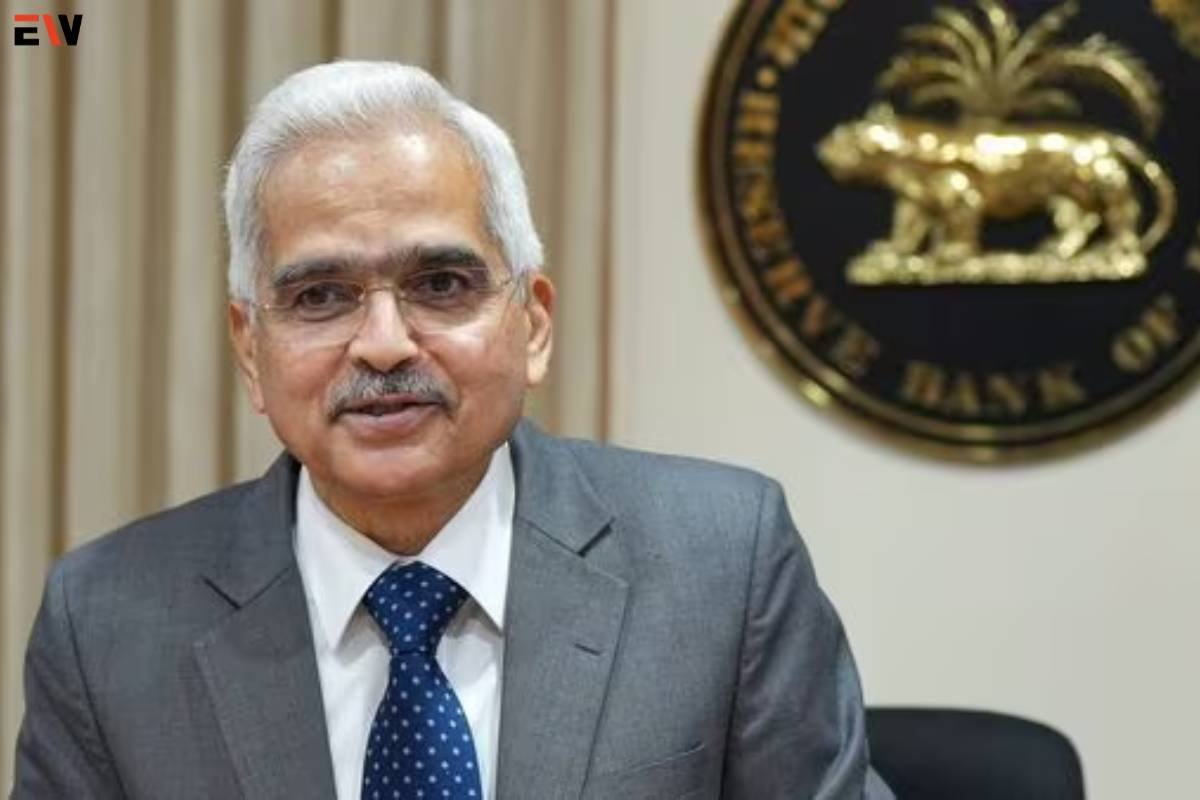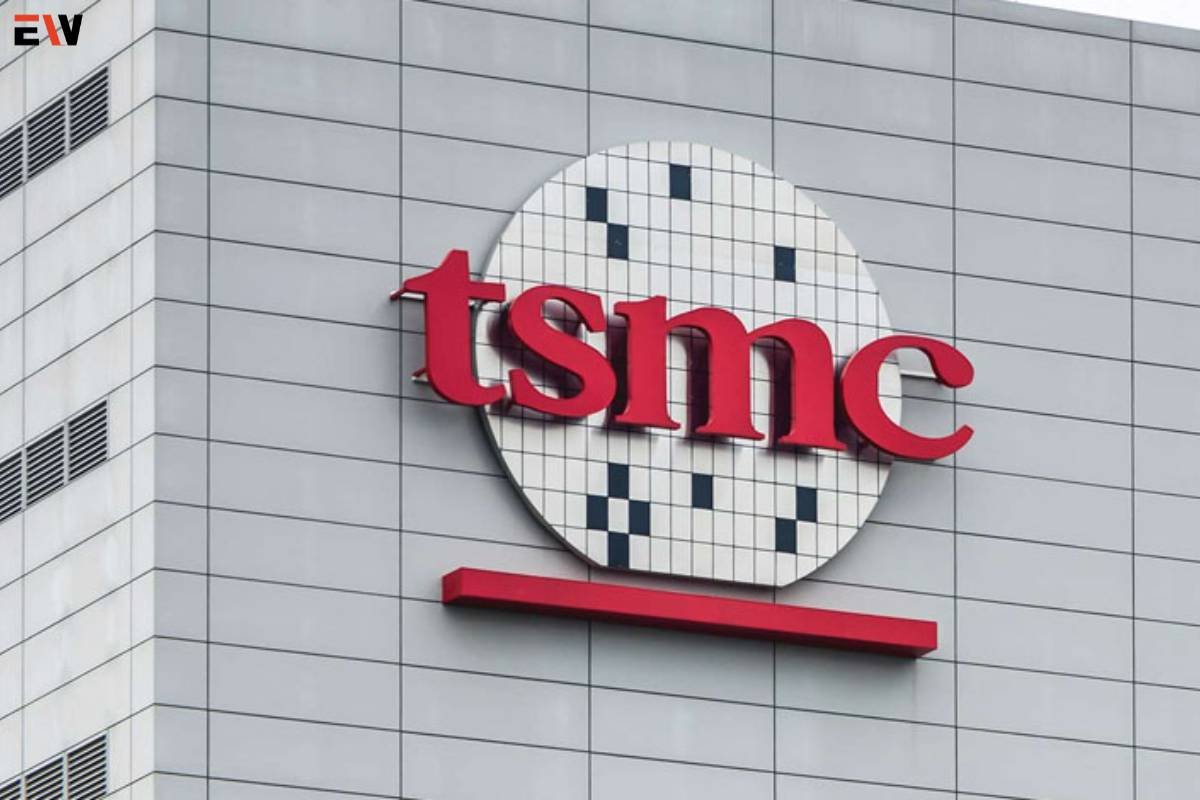Source – Smart Cities World
Unveiling Unprecedented Speeds
Japan, renowned for its technological prowess, has once again captured global attention with a groundbreaking demonstration of sixth-generation (6G) connectivity. In a technology showcase, a prototype wireless device achieved data transfer speeds of 100 Gbps, signaling a remarkable leap forward in cellular technology. This speed, ten times faster than the peak performance of 5G and 500 times swifter than an average 5G smartphone, underscores the transformative potential of Japan’s 6G.
Revolutionizing Data Transmission
The implications of this breakthrough are staggering. Consider this: the device has the capacity to transmit the equivalent of eight to nine medium-quality Netflix movies every single second. Developed through extensive collaboration between Japan’s telecommunications giants NTT and DOCOMO, alongside electronics powerhouses NEC and Fujitsu, the prototype leverages high-frequency bands in the 100 GHz and 300 GHz range to deliver unparalleled data transmission capabilities.
Navigating Challenges and Embracing Innovation
While this technological feat represents a significant milestone, challenges remain. The current iteration of 6G technology faces trade-offs in terms of range, necessitating further innovation in transmitter and receiver designs. However, advancements in communications technology, fueled by innovations like this, are poised to overcome these obstacles as the Japan’s 6G network evolves.
Anticipating the Future
Looking ahead, the commercial availability of 6G holds the promise of transformative change. Nokia estimates that 6G networks might be accessible to the public by 2030, ushering in a new era of connectivity characterized by unparalleled speed and bandwidth. As 6G networks continue to evolve, the potential applications are limitless, from high-resolution movie downloads to seamless communication between autonomous vehicles.
Redefining Connectivity
Beyond merely enhancing speed, 6G represents a paradigm shift in connectivity. With a leap forward in network capacity, 6G promises to alleviate network congestion, enabling more devices to stay connected simultaneously. Furthermore, the widespread adoption of 6G technology may render Wi-Fi redundant in certain scenarios, revolutionizing the way we access the internet and interact with smart devices.
Conclusion
As Japan leads the charge in 6G innovation, the world eagerly anticipates the transformative impact of this next-generation technology. While the journey towards Japan’s 6G unfolds, the promise of enhanced connectivity and boundless innovation looms on the horizon, heralding a future where seamless, high-speed connectivity is not just a possibility but a reality.









